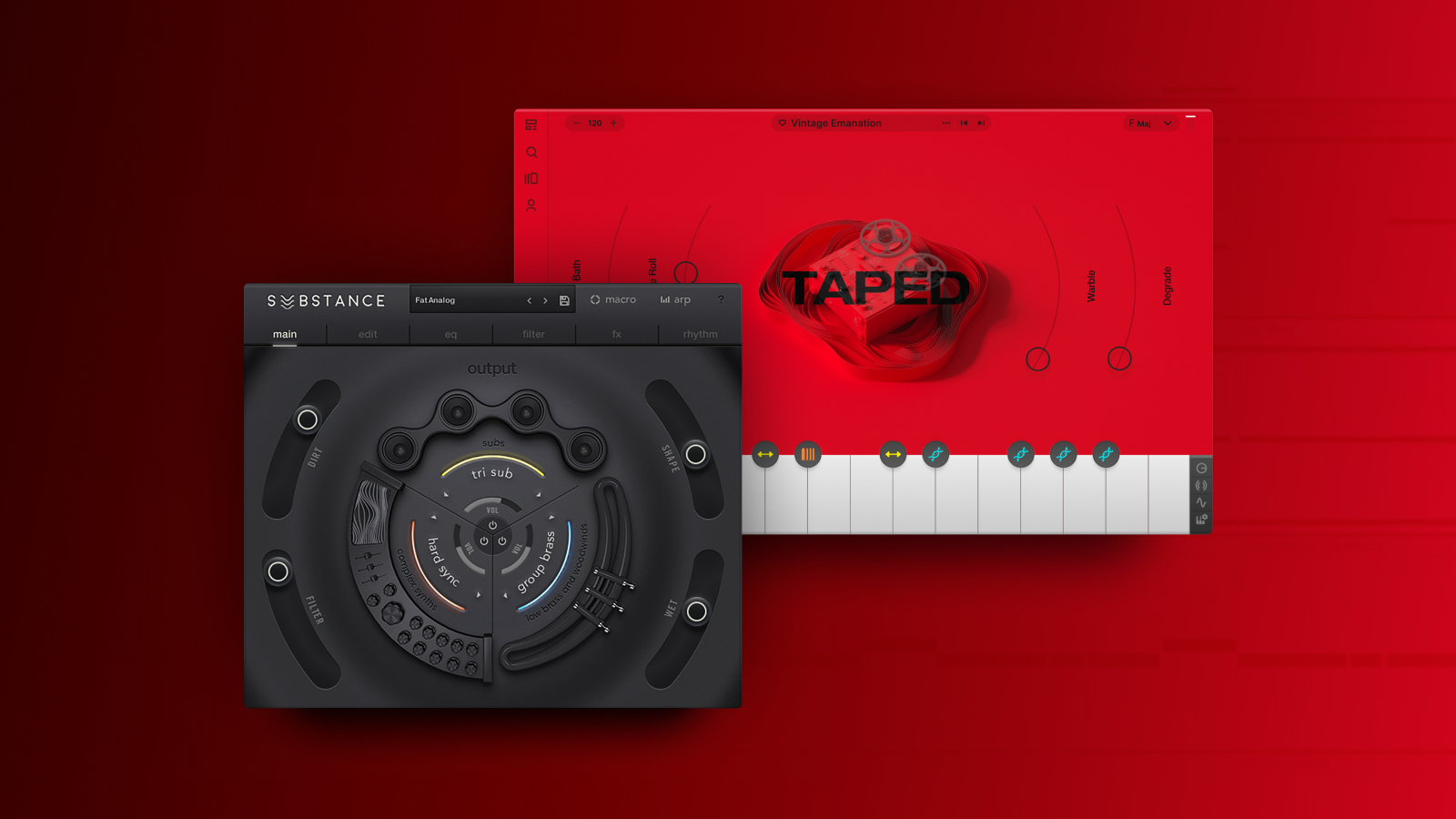

LPCM (Linear Pulse-code Modulation): The standard audio format for encoding audio CDs since 1982, LPCM stores lossless audio information as a bitstream of binary numbers.It’s critical to ensure that both your audio playback device (for example, phone or streaming stick) and your speakers/headphones support the exchange of lossless files. While Tidal HiFi relies on the widely-known FLAC format, Spotify has remained tight-lipped on which container their new HiFi service will use. Today, there are a plethora of lossless file formats.

The result is a smaller – though still larger than lossy – file size, while an identical, pristine copy of the original waveform remains intact. Using more nuanced algorithms, lossless formats magically seem to have it both ways by maintaining an accurate recreation of all the audio frequencies in the waveform while still taking an efficient approach to data storage. Though general listeners were – and are largely still – OK with lossy listening, for some, this would not stand.Įnter the lossless audio format. The common MP3 bit rates of 128kbps and 192kbps present a dramatically compressed picture, especially when you consider that the equivalent CD-quality audio file is around 1,411kbps. The bit rate of the lossy format is a good barometer of how much information squashing is taking place. These frequencies usually sit below 20Hz and above 20kHz. By this, we mean that they reduce – or ‘squash’ – the dynamic range of the audio by removing low and high frequencies in the ranges that humans can’t typically hear. MP3 and similar digital audio formats (WMA, AAC) are what’s known as ‘lossy’ formats. The resulting MP3 files could be up to 10 times smaller than the CD’s original uncompressed information. The format reduced the considerable size of the-then standard CD quality audio, which were encoded in the PCM format at 16 bit and 44.1kHz. MP3s were a godsend for those trying to save hard drive space, and it sped up online sharing in the pre-broadband age. Remember MP3s? Once upon a time, the format was king. Is this lossless, and can I tell the difference? Lossless file formats by definition retain all of this audio information, so there is absolutely no difference between the listening experience offered by CD and a lossless format such as FLAC or Apple’s ALAC.įor all intents and purposes, anything matching or exceeding the Red Book standard is considered lossless, and even the most pernickety of audiophiles will not be able to tell the difference. Image: / Alamy Stock Photo What’s the difference between lossless and CD-quality?ĬD quality (also known as the ‘Red Book’ standard) is fixed at 16 bit/44.1kHz and is considered the benchmark that we’re striving to capture with our lossless file formats.

Lossless audio aims to have the best of both worlds: retaining high quality audio information while reducing the overall file size.



 0 kommentar(er)
0 kommentar(er)
